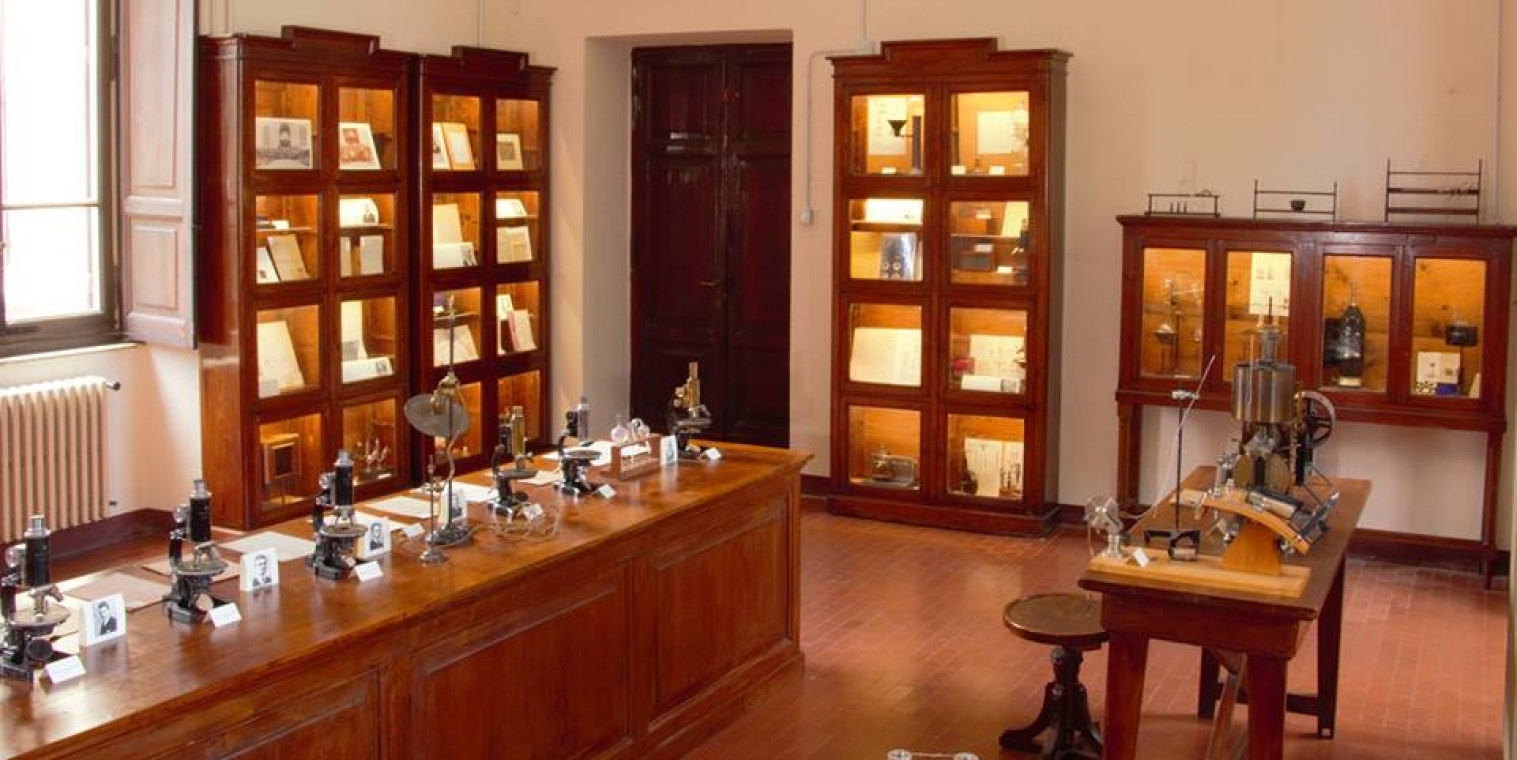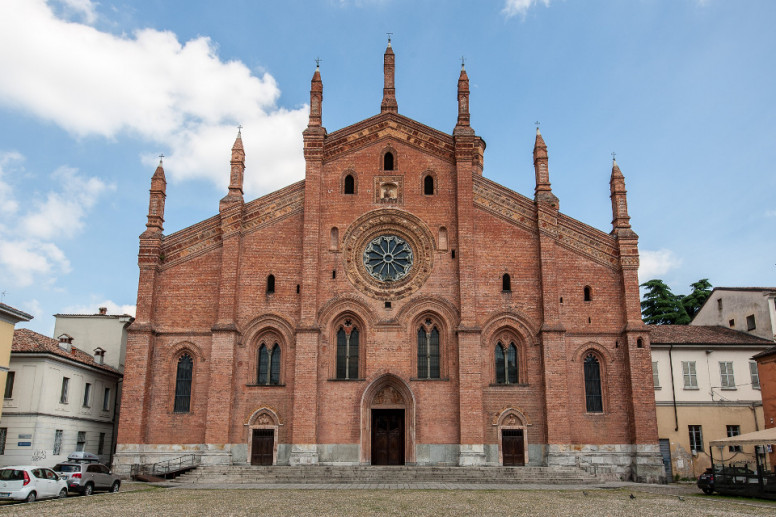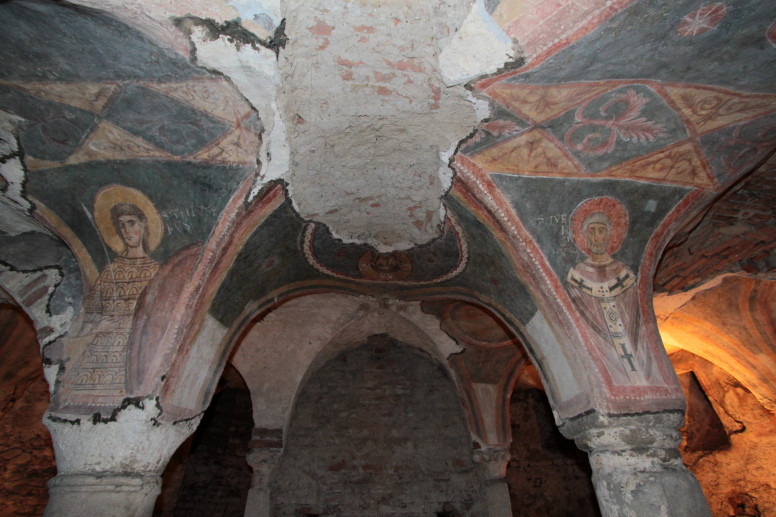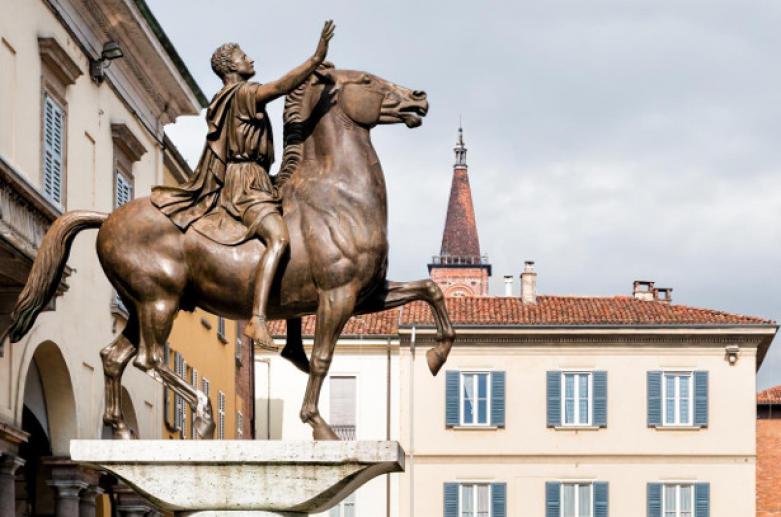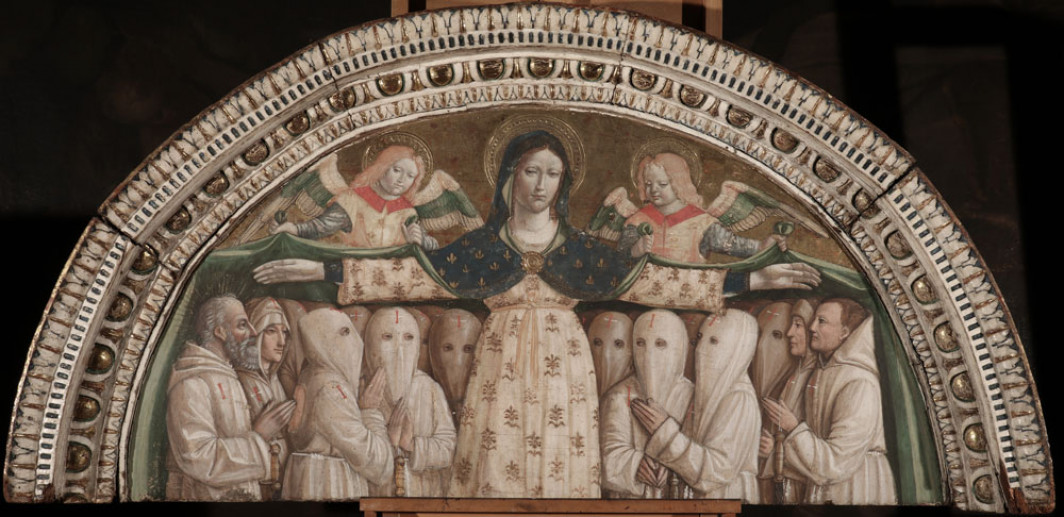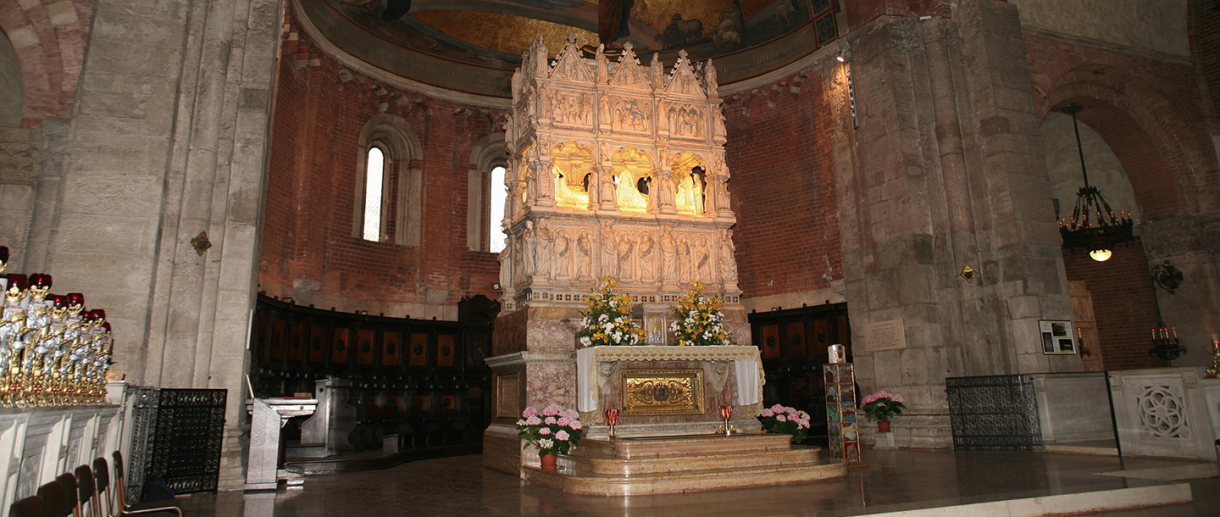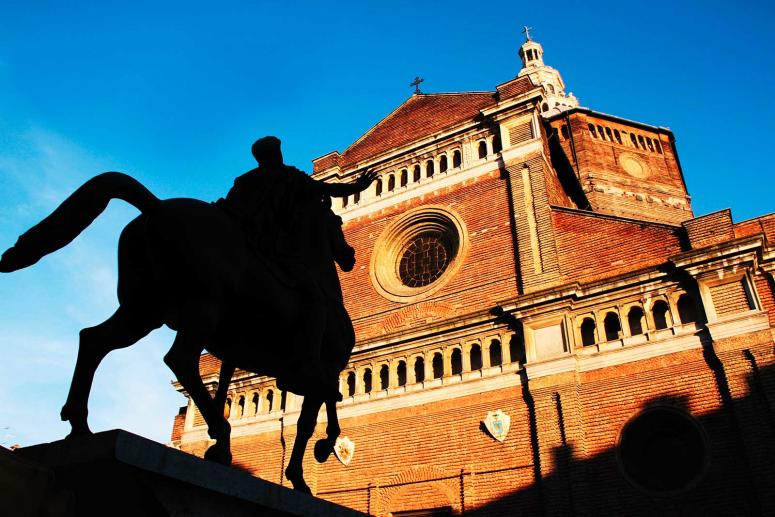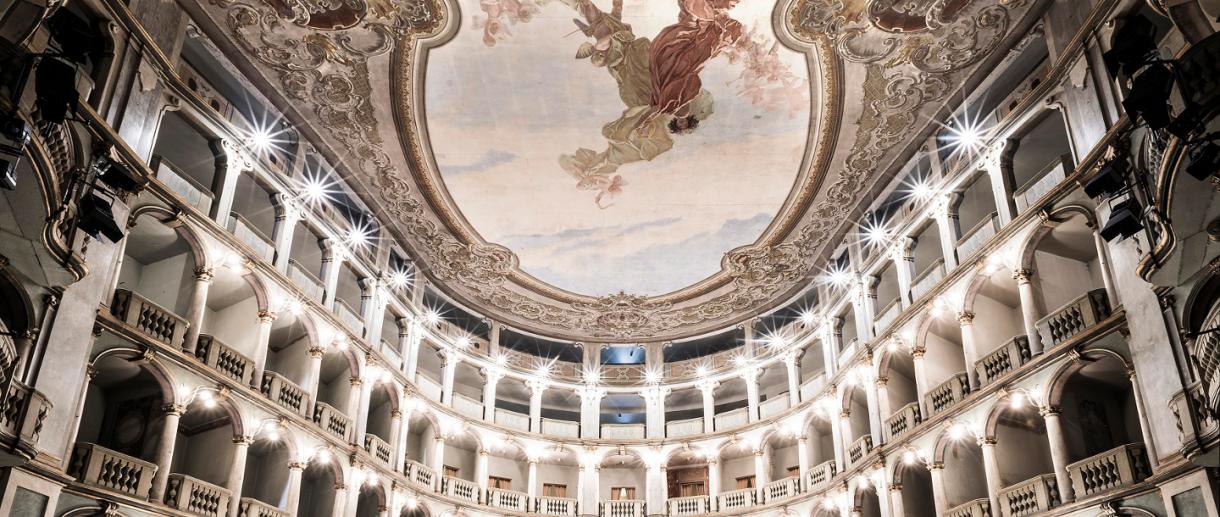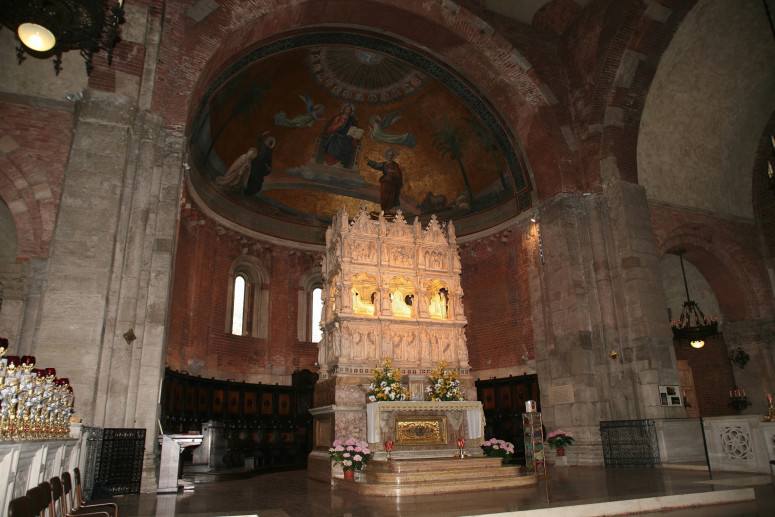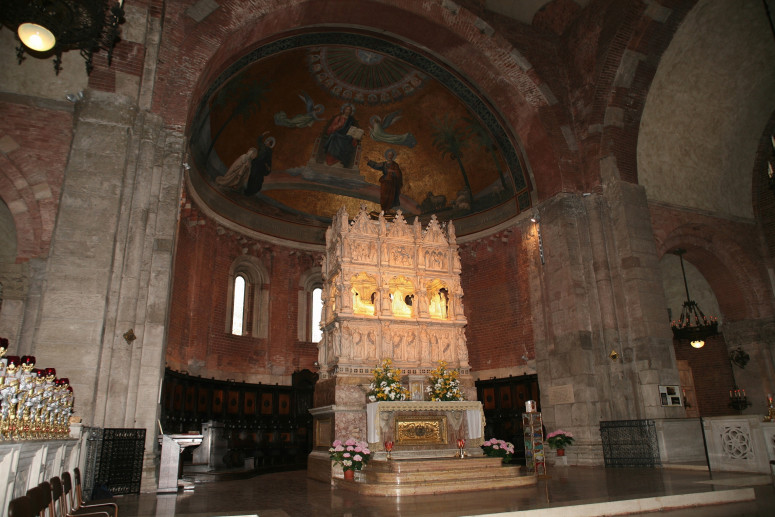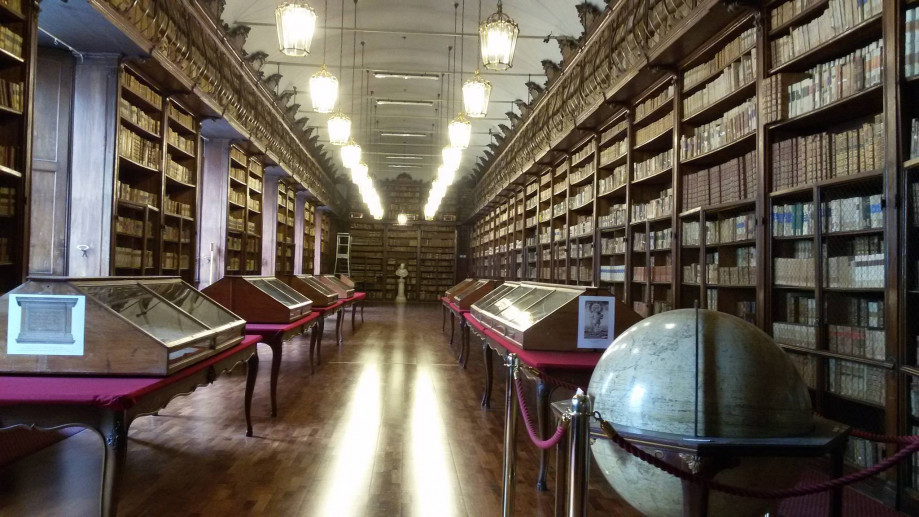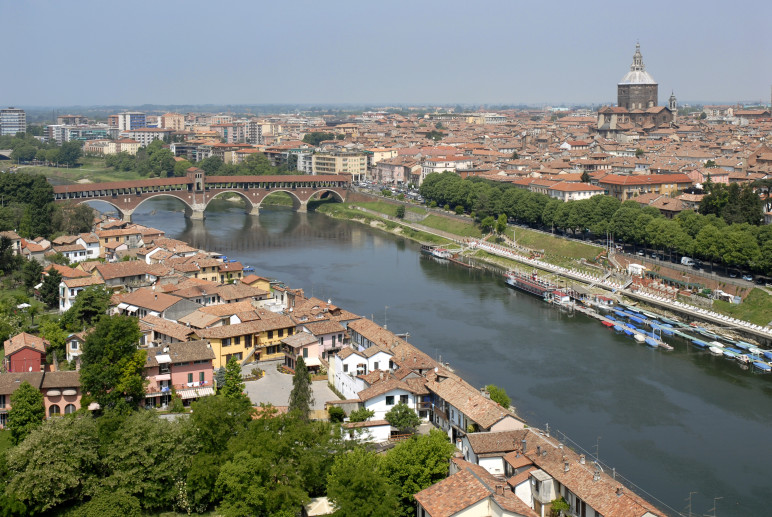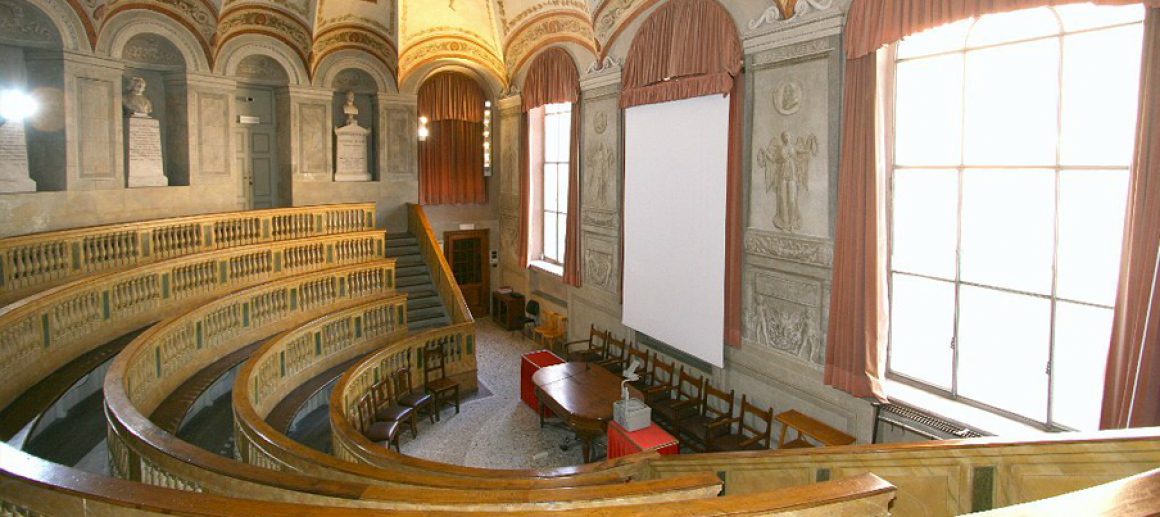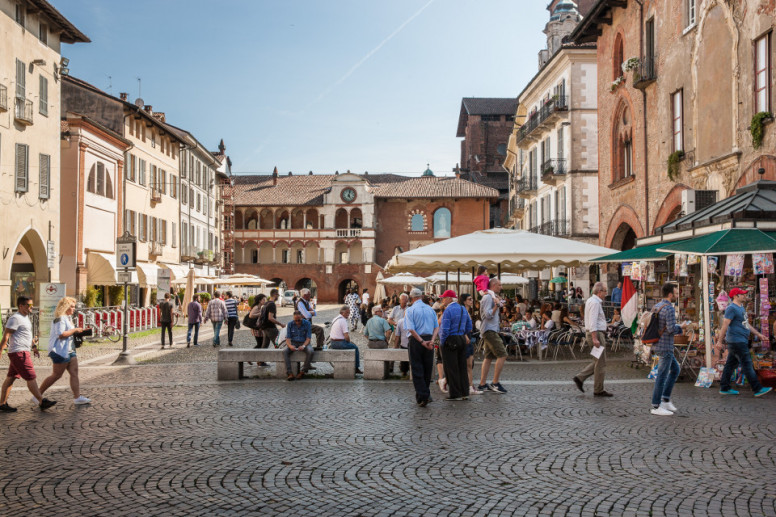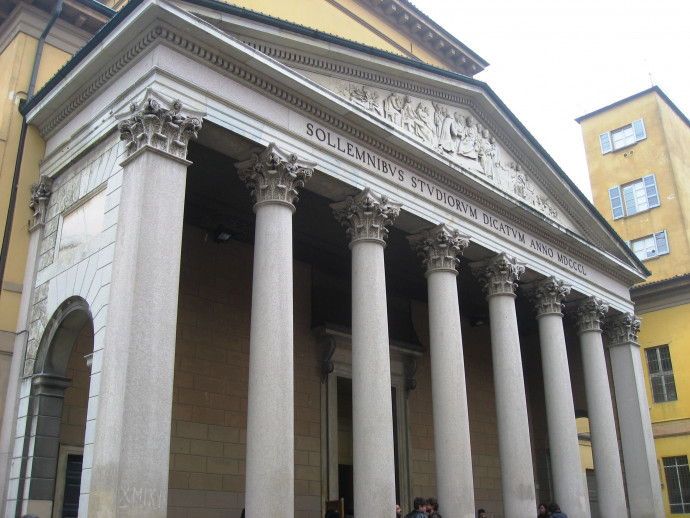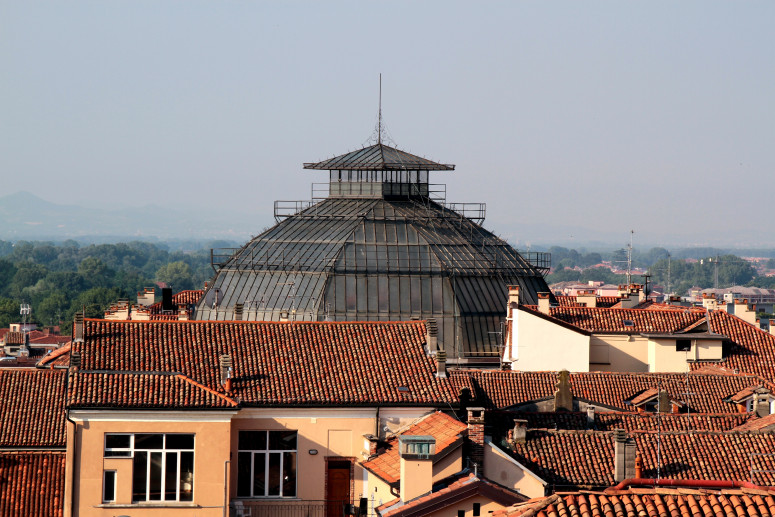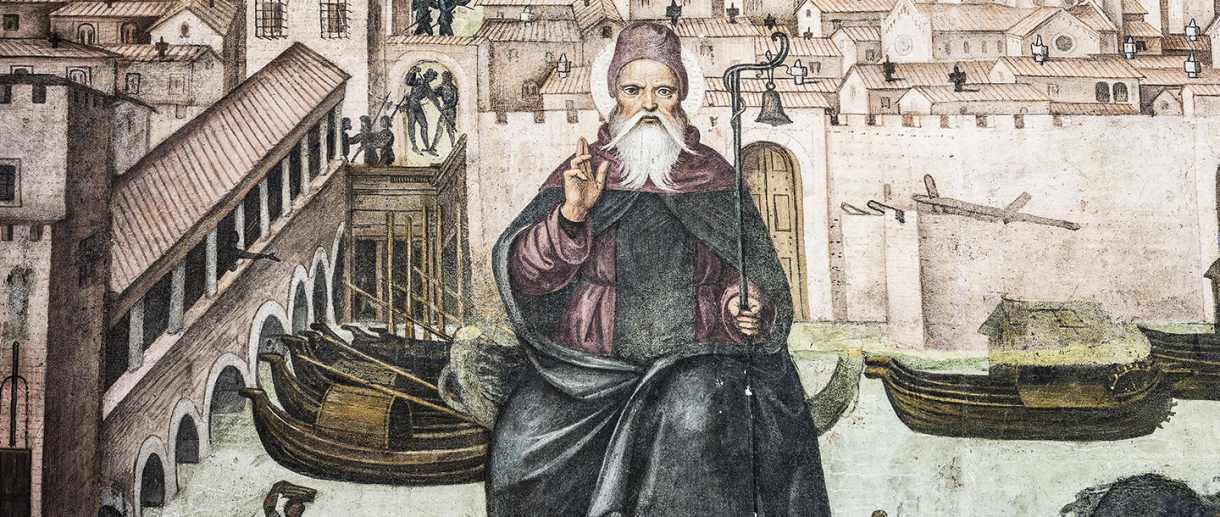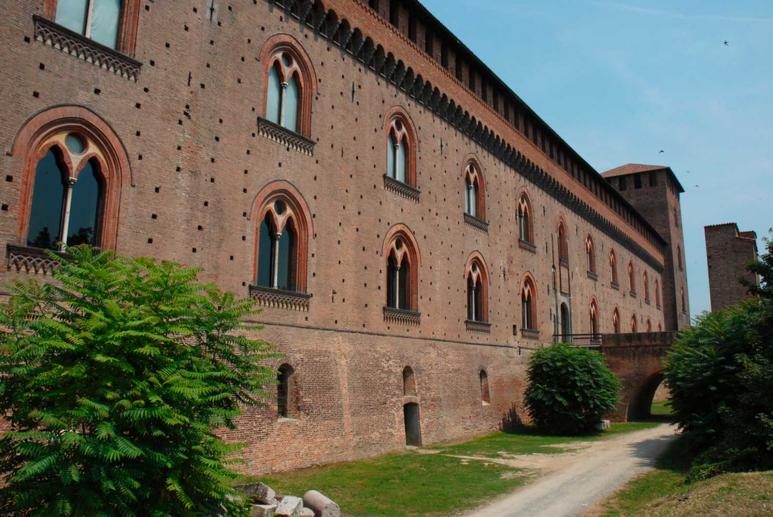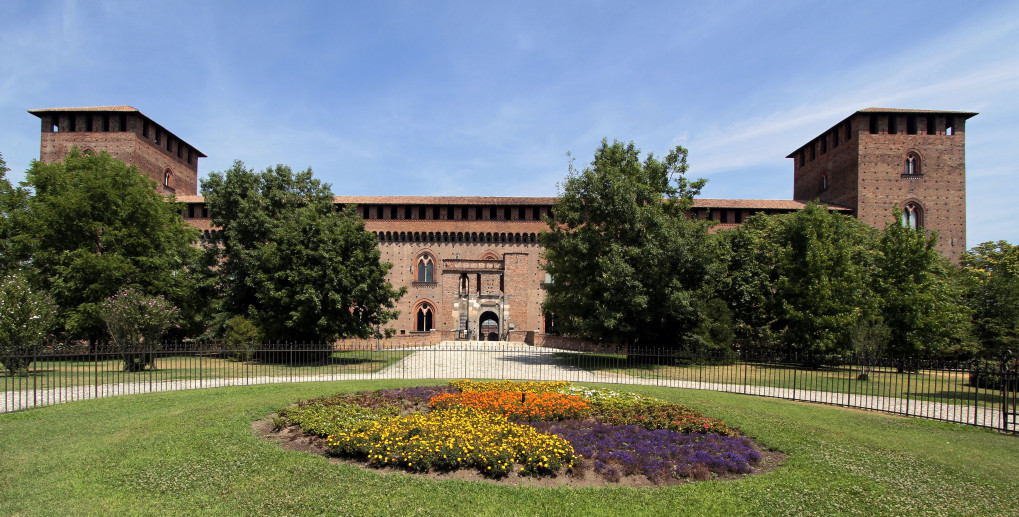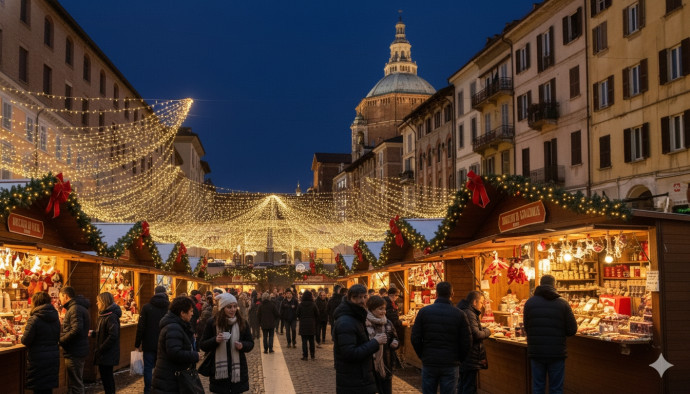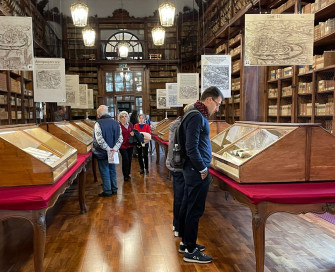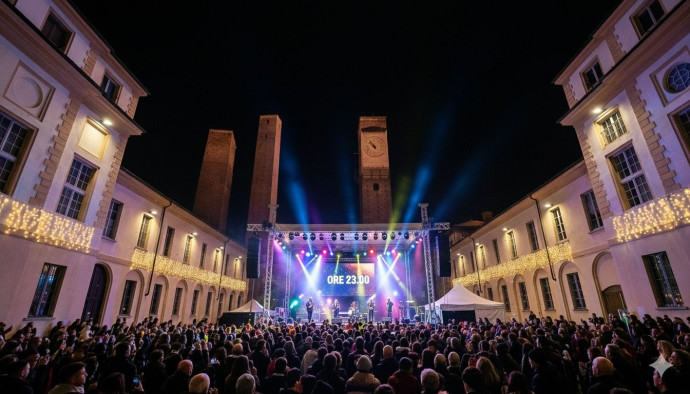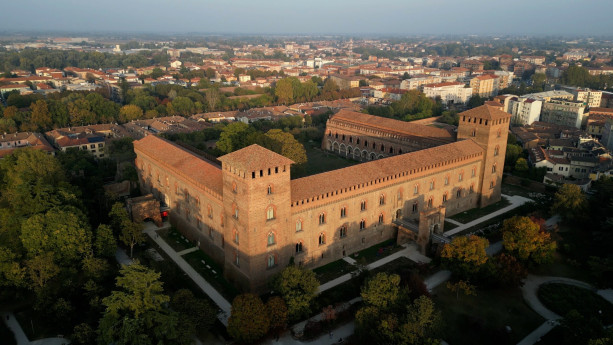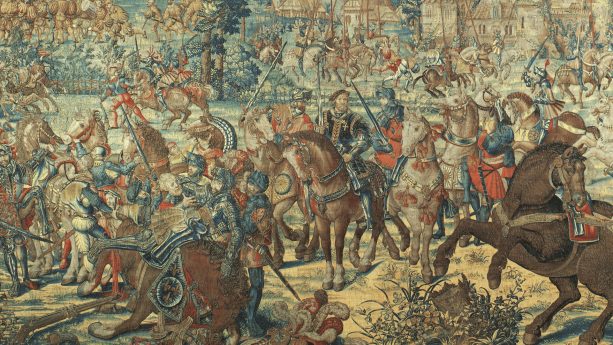- Art & Culture
Camillo Golgi Museum
The museum preserves the historical and scientific heritage of the former Institute of General Pathology of Pavia
The museum is dedicated to Camillo Golgi (1843-1926), who won the Nobel Prize in Physiology or Medicine in 1906 for the invention of a histological method, the black reaction or chrome-argentic reaction, which laid the foundations for modern neuroscience.
Golgi’s studies on malaria demonstrated the consistency of morphological changes between one febrile episode and the next (Golgi cycle) and that the febrile episodes in the different forms of the disease result from the reproduction of the plasmodium, the parasite responsible for the condition (Golgi’s law).
The scientist also identified one of the fundamental components of the cell, the internal reticular apparatus, which later became known as the Golgi apparatus. The museum preserves microscopic preparations, autograph documents, drawings, and instruments.
The “Camillo Golgi Museum” was established in 2012 at Palazzo Botta. It retrace the history of one of the most renowned biomedical research centers in Europe between the19th and 20th centuries, “the laboratory where you do every day a discovery ”, as Paolo Mantegazza defined it.
Opening hours
Wednesday 9:30 AM - 12:30 PM. Other days by appointment.
It is possible to arrange openings on other days and times for guided tours for groups by appointment. For information: museo.golgi@unipv.it 0382 986491.
